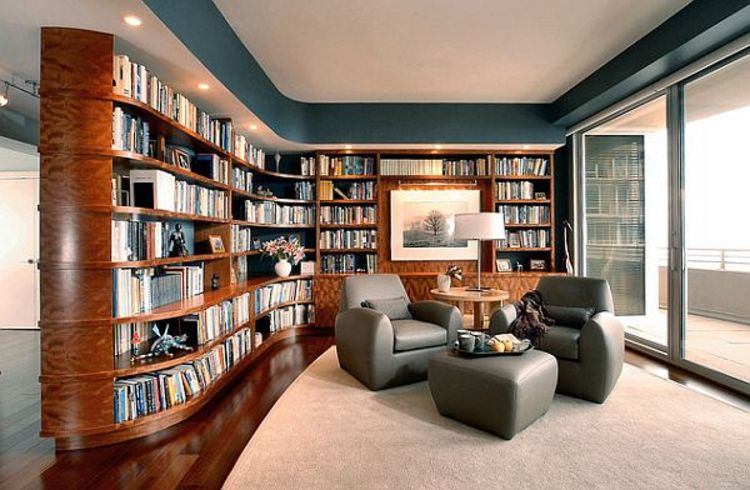
The Sunday Mail

A HOME library does not have to be elaborate or expensive to provide rich reading experiences – fancy books are not necessarily the best way to capture a child’s imagination.
But a good family library does involve time and space – time to find materials that will interest all the readers in the family, and space to keep and enjoy them.
It is variety that counts, not size. Instead of focusing on the number of books, keep in mind the special interests and preferences of each member of the family. Ask your children what they like to read – try to stock up on their favourite subjects and authors. A small collection of books, thoughtfully gathered over time, is better than a large collection that goes unread.
Sturdy bookcases, built-in shelves and open magazine racks are excellent places to display or store reading material. An orange crate works well, too. A floor-to-ceiling wall system with glass doors might be beautiful to behold, but would discourage a young reader who could not get to the books inside. Be sure to put reading material for the youngest readers on the lowest shelves. You may want to group together books about your child’s favourite topics – from dinosaurs to space travel – or books by a favourite author.
Just about anything goes in a family library. Paperback and hard-cover books, a dictionary, an atlas, song books, magazines for parents and kids, newspapers, and even mail-order catalogues all have a place. Keep the ages and interests of family members in mind when selecting material, and get their suggestions. Make sure there is something for everyone at every reading level.
Setting up a home library is more fun if everyone in the family gets involved. Here are some activities you can do with your children to encourage their interest in collecting, displaying, and caring for family books – all inexpensive projects that will not require special tools or carpentry skills:
Cinder block bookshelves
You can buy cinder blocks or decorative bricks and particle-board shelves at your local hardware store. Set down two or three blocks and lay a shelf across them, making sure the structure is sturdy and childproof. Do not make the shelves higher than your child.
Crate bookcases
These are perfect for storing children’s books that vary in size. Plastic crates are available in most department stores, or you can ask your local produce manager for a sturdy wooden one. If you like, give your child supplies to paint or decorate the crate.
Desktop book stand
Find a small, sturdy rectangular cardboard box. Cut off and discard two of the long, connecting sides, but leave the short end panels intact. Set the box on a desk or table and stand a row of books inside. Kids can decorate the end panels that support the books on either side.
Magazine storage box
Some families save magazines so they can refer back to recipes or the directions for do-it-yourself projects. Kids may want to save magazines to cut up for art projects or school work. You can make a simple storage file out of an empty clothes detergent box. On both sides of the box, cut on an angle from the top corner down to about two inches above the opposite bottom corner. The box is ready to be decorated with wrapping papers, stickers, cut-outs. . . whatever. Fill the box with magazines and add it to your bookshelf. — rif.org.



